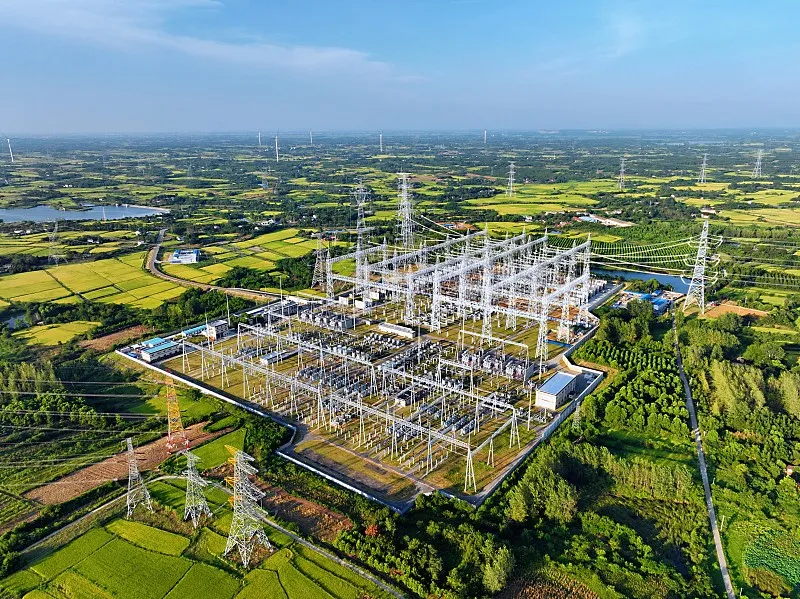How to Choose the Right Outdoor Gas Heater for Your Space and Needs?
Understanding the Role of Outdoor Heating in Modern Living
Why Heating Matters in Outdoor Spaces
As more homeowners and businesses look to expand the usability of outdoor areas, the importance of an effective outdoor gas heater becomes increasingly evident. Whether it’s a patio, backyard deck, or open-air restaurant seating, maintaining comfort during cooler weather significantly enhances the functionality of these spaces. Outdoor gas heaters provide a consistent and powerful heat source, making them ideal for year-round use. The ability to warm up areas quickly without relying on electrical connections is a major benefit, especially in remote or semi-covered locations. They also add ambiance and a cozy touch to any setting, creating an inviting atmosphere for socializing or relaxing. Given the versatility of an outdoor gas heater, it has become an essential addition to residential landscapes and commercial hospitality setups alike.
Key Considerations Before You Buy
Before choosing the right outdoor gas heater, it's important to assess your space, budget, and specific needs. Factors such as the size of the area, frequency of use, and local climate play a significant role in determining the most suitable type and capacity. Decide whether you need a portable unit for occasional use or a fixed installation for regular heating. Safety is another critical aspect to examine, especially for residential environments with pets or children. Look for features like automatic shut-off, tilt sensors, and flame protection mechanisms. Additionally, consider the aesthetics of the heater—a model that complements your existing outdoor décor can serve both functional and visual purposes. Understanding your requirements from the outset ensures that the outdoor gas heater you choose will meet both immediate and long-term expectations.
Types of Outdoor Gas Heaters
Freestanding Heaters and Their Applications
Freestanding outdoor gas heaters are among the most common and versatile options available today. Typically fueled by propane or natural gas, these units can be placed anywhere with appropriate clearance and ventilation. One of the primary advantages is their mobility, making them ideal for rearranging according to seating or event layouts. These heaters come in various shapes, from mushroom-top designs that disperse heat in a circular pattern to pyramid-style models that offer more directed warmth. Freestanding models are perfect for medium to large outdoor spaces like patios, poolside lounges, or restaurant terraces. Because they often include wheels and are easy to relocate, they are a popular choice for both residential and commercial users who value adaptability. Their self-contained nature also simplifies maintenance and minimizes installation requirements, making them user-friendly and highly efficient.
Wall-Mounted and Ceiling-Heated Systems
Wall-mounted and ceiling-hung outdoor gas heaters are excellent solutions for spaces with limited floor area or permanent seating arrangements. These fixed units are typically connected to a natural gas line and provide consistent, directional heat. They are commonly used in outdoor kitchens, covered patios, or commercial entrances where keeping floor space open is a priority. Ceiling and wall heaters are less intrusive and can be installed high above seating zones to maintain safety while optimizing heat distribution. These models often come with remote controls or wall switches, allowing users to adjust temperature and intensity easily. Due to their fixed nature, they require professional installation and may involve a higher upfront investment. However, they offer reliable and long-term heating solutions that are both energy-efficient and visually unobtrusive, blending seamlessly into architectural designs.

Fuel Source and Efficiency
Choosing Between Propane and Natural Gas
Selecting the appropriate fuel source for your outdoor gas heater is a crucial decision that affects performance, cost, and installation. Propane heaters are known for their portability and ease of use. They rely on replaceable gas cylinders, making them suitable for locations without access to natural gas lines. Propane generally produces a higher BTU output compared to natural gas, which means quicker heating times in open environments. On the other hand, natural gas heaters offer a more sustainable and cost-effective option for fixed installations. Once connected, natural gas eliminates the need for tank replacements and tends to be cheaper in regions with existing gas infrastructure. However, the initial setup may require professional help and involve permits. Understanding the trade-offs between these two fuel types ensures that your outdoor gas heater aligns with your specific usage patterns and infrastructure.
Evaluating Heating Coverage and BTU Rating
BTU, or British Thermal Units, is the standard measure used to quantify the heating power of outdoor gas heaters. Understanding this metric helps you gauge how effectively a heater can warm your intended area. Generally, a higher BTU rating indicates greater heat output and wider coverage. For example, a heater rated at 40,000 BTUs can comfortably warm an area of up to 2,000 square feet in optimal conditions. It’s important to factor in environmental conditions such as wind exposure, ceiling height (for covered spaces), and insulation. Overestimating your BTU needs can lead to energy inefficiency, while underestimating them may result in inadequate warmth. Most manufacturers provide coverage estimates, but real-world performance may vary. Matching your outdoor gas heater's BTU rating with your space requirements ensures optimal thermal comfort and efficient fuel usage.
Design and Safety Features
Aesthetic Appeal and Integration
Beyond functionality, the visual design of an outdoor gas heater contributes to the overall ambiance of your outdoor environment. Today’s models are available in a wide variety of finishes, shapes, and materials to suit different architectural styles. Sleek stainless steel units offer a modern touch, while bronze or copper finishes add a rustic charm. Transparent flame housings or colored LED lighting options enhance visual appeal and make the heater a focal point. For commercial use, the aesthetic quality of your outdoor gas heater can influence customer perception and comfort, especially in upscale hospitality settings. Integrating a unit that matches your furniture, flooring, and layout ensures a cohesive and appealing design. Some high-end models even allow for customization, ensuring that the heater becomes a complementary element in your overall décor scheme rather than an afterthought.
Safety Mechanisms and Compliance
Safety is paramount when dealing with any gas-powered appliance, and outdoor gas heaters are no exception. Always check for certifications like CSA or UL to ensure the unit meets regional safety standards. Modern heaters are equipped with a range of features such as automatic tip-over shutoff, oxygen depletion sensors, and flame failure devices. These components work together to prevent accidents and ensure safe operation, even in high-traffic or windy environments. For portable units, stability is a key concern, so opt for models with a wide base or the ability to anchor securely. Make sure that clearance distances are respected during placement to avoid fire hazards. Additionally, always follow the manufacturer’s guidelines regarding ventilation and use. Adhering to safety best practices not only protects users but also prolongs the lifespan of your outdoor gas heater and ensures worry-free operation.
Cost and Long-Term Maintenance
Initial Investment and Operating Costs
The price range for outdoor gas heaters varies widely depending on type, capacity, and features. Freestanding propane models can cost anywhere from $150 to $800, while permanent installations using natural gas may exceed $1,500. Operating costs should also be considered, especially in colder regions or commercial applications where heaters run frequently. Propane costs more per BTU but offers greater flexibility, whereas natural gas is cheaper but requires a fixed supply line. Maintenance expenses are relatively low if the unit is cleaned and checked regularly. Factor in potential long-term savings from energy-efficient models, which reduce gas consumption without compromising performance. Some units also come with warranties that cover components or labor, adding value to your investment. By balancing upfront costs with ongoing expenses, you can choose an outdoor gas heater that delivers the best return over time.
Maintenance Best Practices
Routine maintenance keeps your outdoor gas heater performing at its best and extends its operational life. Always start by turning off the gas supply before cleaning. Wipe down exterior surfaces with a damp cloth to remove dust and grime. For burner components, use a soft brush or vacuum to clear debris that might block gas flow. Check hoses, valves, and fittings periodically for leaks or signs of wear. For models with ignition systems, ensure that electrodes are clean and properly aligned. Covering your heater when not in use protects it from the elements and reduces corrosion risks. Seasonal inspections by professionals can catch issues early and verify safe operation. Maintaining detailed records of maintenance activities is also helpful, especially for commercial users. With regular care, your outdoor gas heater will remain efficient, safe, and visually appealing for years.







